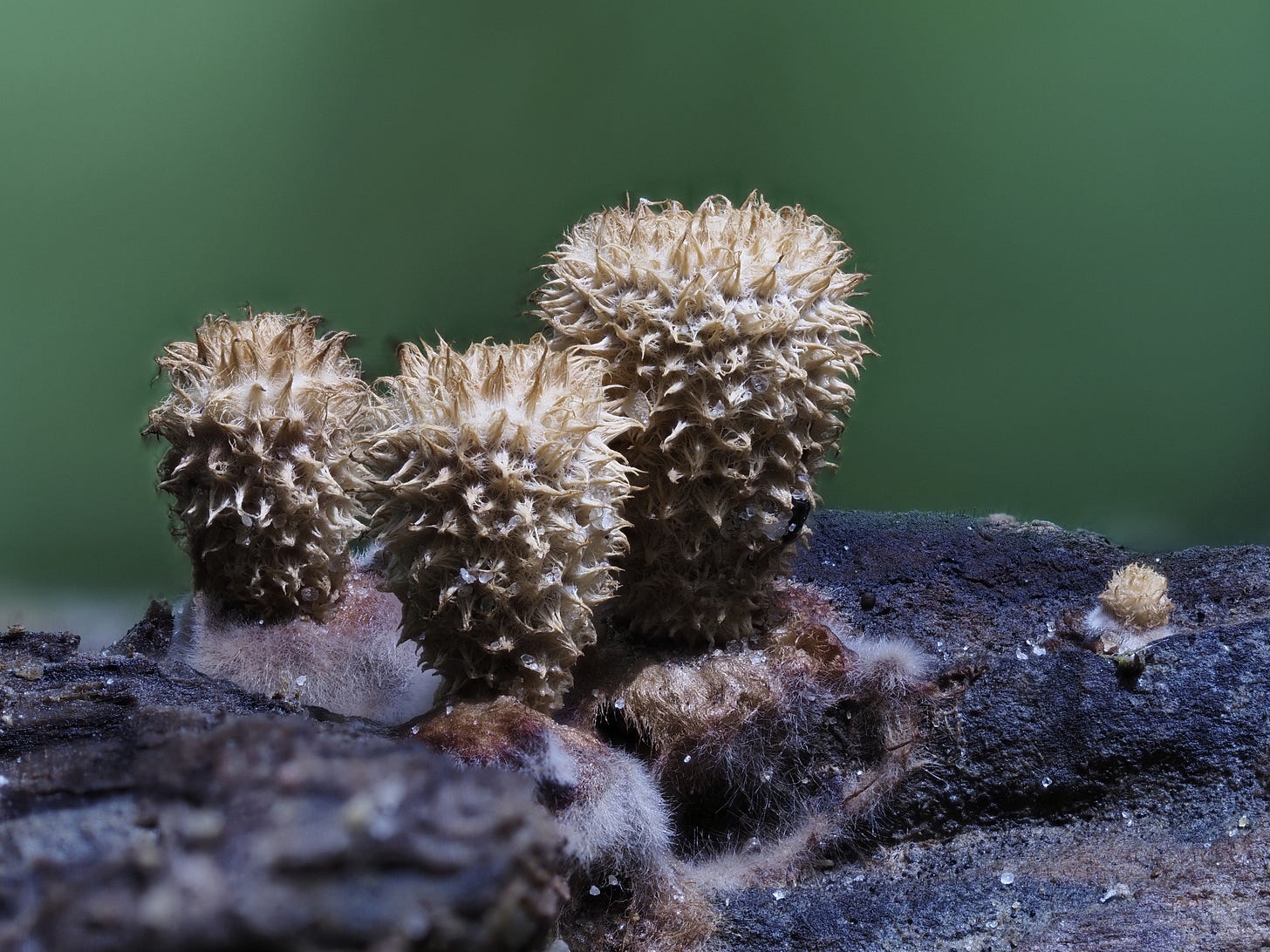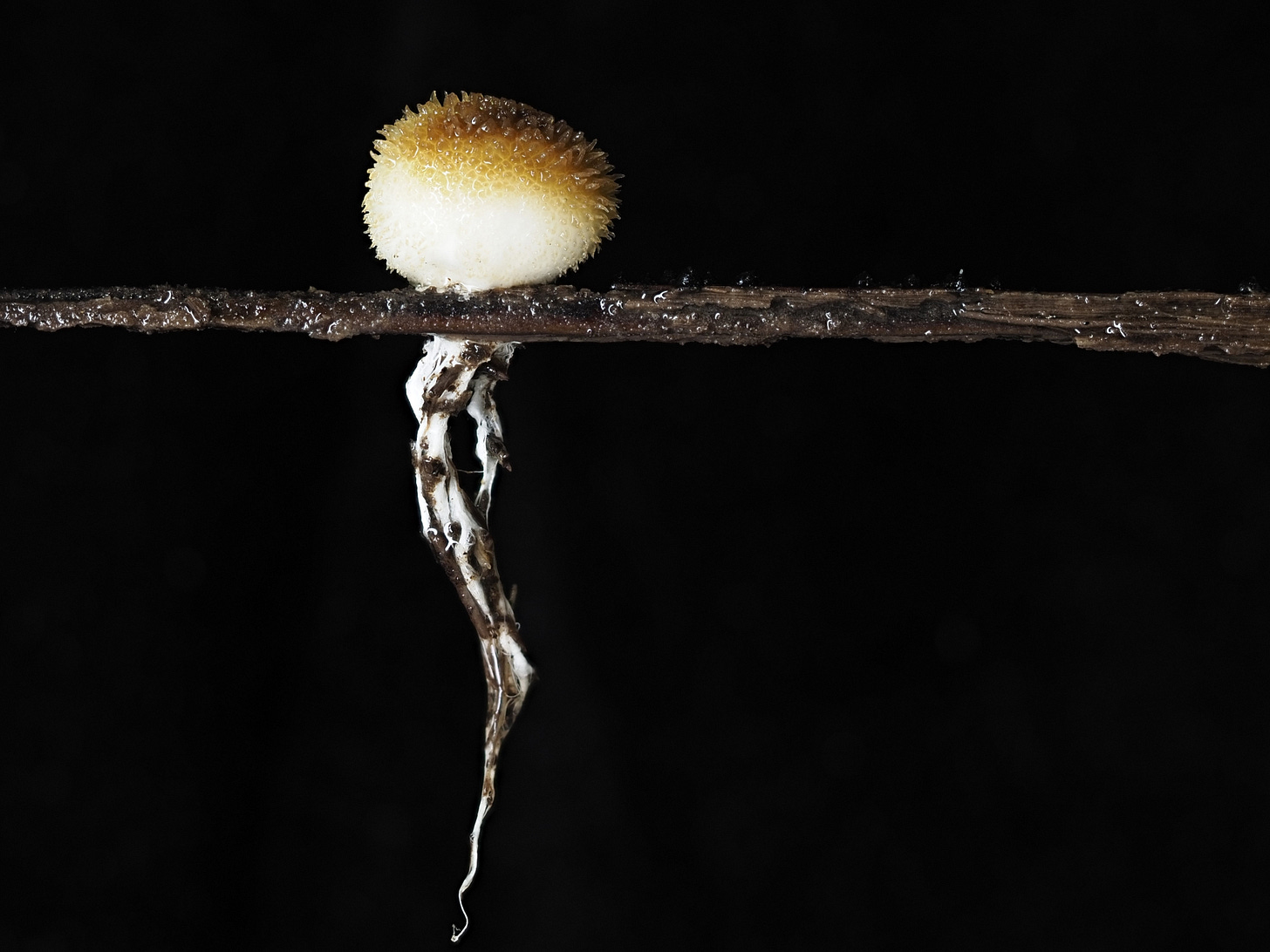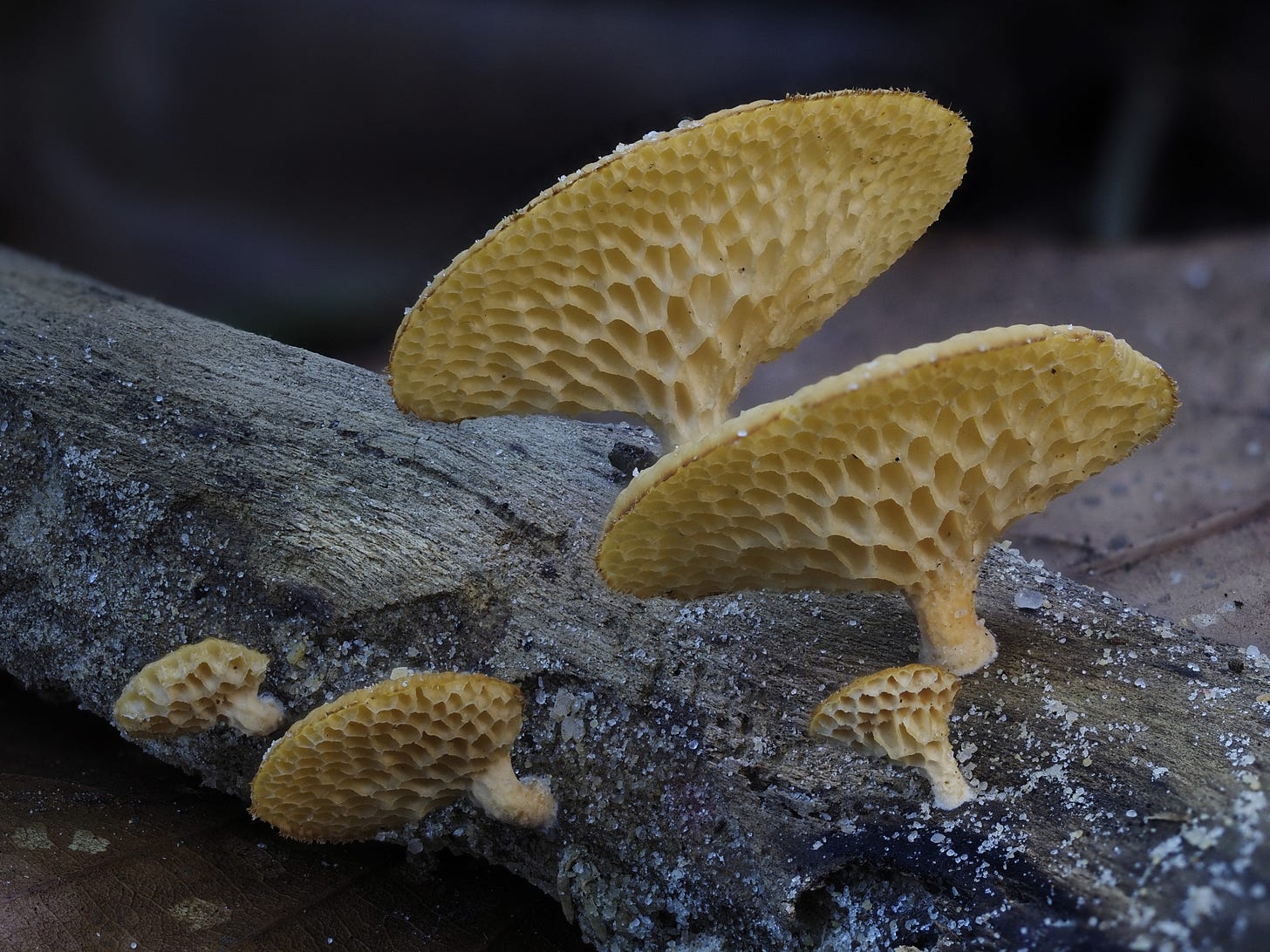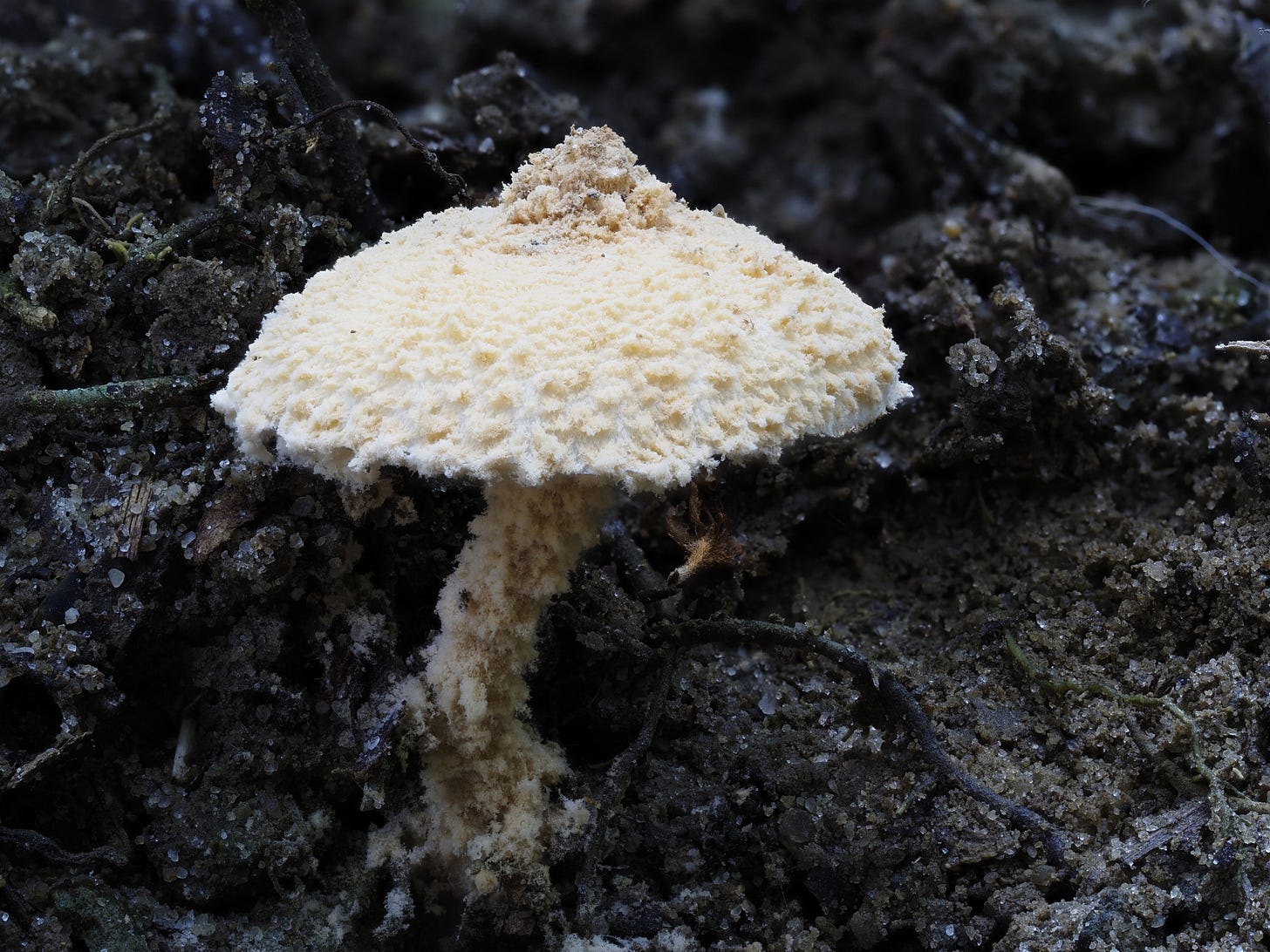Taman Tugu Forest Foray
On my last outing in Kuala Lumpur, I go for a mushroom hunt with a couple of locals at Taman Tugu, a 66-acre "green lung" in the heart of the city.
The land that is now Taman Tugu was once home to British officials and local officers working for the Department of Agriculture in the 1930s. Remnants of these old bungalows can be found in the park, overtaken by the lush jungle vegetation. Back then, many residents beautified their gardens with exotic and ornamental planting, including palm oil trees imported from West Africa. Some of these trees and plants are still here.
After Independence, residents left in the 70s, and the place became an illegal dumping ground. Voices from the community and the Khazanah group came together to convert the site into a public park, as it was originally proposed to be used for commercial development or a theme park.
Over 150 truckloads of trash were cleared away, and the site was converted. By partnering with FRIM (Forest Research Institute of Malaysia) and the Malaysian Nature Society, over a thousand trees have been marked for preservation. Many of these trees measure more than 1-meter in diameter and are over 100 years old. More trees are grown and planted on-site within nurseries.
This pocket of jungle has a network of easy trails sheltered under a thriving canopy of 5,000 indigenous trees and 1000 species of flora and fauna, including Malaysia's national tree, the Merbau (Malacca teak).
Malaysia is one of 17 mega-diverse countries with an estimated 15,000 vascular plants.
A conservative and widely used global estimate indicates that there are at least six fungal species for every vascular plant species on earth.
This would mean that Malaysia is likely to have around 90,000 species of fungi, with less than 5% having been recorded.
I met up with a couple of locals who invited me out after we ran into each other one rainy afternoon in Kiara Hills. Friendly mycophiles themselves, they had experience exploring this forest and were my guides for the day.
We spent about 5 hours slowly scanning the sides of the trails, looking for anything out of the ordinary.
During our foray, one of the more interesting finds was a small spikey half-roasted marshmallow-like growth from a rotten fern frond. When posted on IG, some people mentioned its likeness to that of a pufferfish.
Genus Lycoperdon
One Twitter user suggested that it may be Lycoperdon pyriforme, as they tend to start out spikey when young. When cut in half, the inside was solid white, almost like a Calvatia species or puffball.
Another prevalent species found were hexagonal-shaped pore fungus or Favolus. Both varieties were found in golden yellow and translucent to a more solid white.
Genus Favolus (Honeycomb Fungi)
These growths are tough and almost leather-like. I’ve read that some species are boiled and dehydrated and make for a decent jerky substitute.
I usually look for color and overlook many smaller white and little brown mushrooms (LBMs). It's usually unique patterns and size that catches my attention.
Genus Leucoagaricus
The black, almost a dark purple splotch on the cap paired with the striped zebra-like pattern at the base made for one of the cooler white mushroom finds. There were around ten of these growing in a group.
Next to them on a broadleaf was a vivid maroon Marasmius that reminded me of red velvet cake.
Marasmius haematocephalus (Purple Pinwheel)
This Genus is the most abundant throughout all the bush here in Malaysia. It always amazes me how tall and resilient they are. While the most common species is the orange, M. siccus, it's the purple and maroon colored caps that grab your attention.
Further along the trail, we encountered a fallen log. Bright orange jellies juxtaposed against the dark wood gave us reason to inspect.
Dacryopinax spathularia (Fan-shaped Jelly Fungus)
The genus name means "looks like tears," and the special epithet' spathul-' means "little spade" or "blade."

It is called guìhuā'ěr (桂花耳) in Chinese culture (literally "sweet osmanthus ear," referring to its similarity in appearance to that flower). It is sometimes included in a vegetarian dish called Buddha's delight.
On our way back, I stopped to inspect a powdery mushroom growing under a small fern.
Genus Cystolepiota (Powder Cap)
The prefix Cysto- means blistered, and lepiota comes from the Greek words lepis-, meaning scale, and -ot, meaning ear. In other words, a blistered scaly-ear fungus.
I sit down to take a break but then notice tiny white dots on a bit of bamboo at my feet.
Genus Favolaschia
Small porous white growths cover the inside of a bamboo shoot. If I didn't hold the shoot close to my face and squint, the minute pores would easily be missed.

In New Zealand, I'd encounter heaps of F. claudopus / calocera (the orange variety). The common name is Ping Pong bats.
Lastly, many small birds' nest fungus covered the ground, all in different growth stages.
Family Nidulariaceae (Bird’s Nest Fungus)

While these are just some of the finds out on the trail, there surely is more to be discovered. And the chances of a species of mushroom here being recorded for the first time is greater given the sheer diversity of vegetation.
I am currently in George Town, Penang, and had the chance to visit the Botanic Gardens the other day. I will visit the national park next week and look forward to sharing what interesting finds I come across. Till next time!














Loved them all... especially the puffball :)
Very cool pictures. Keep 'em coming!